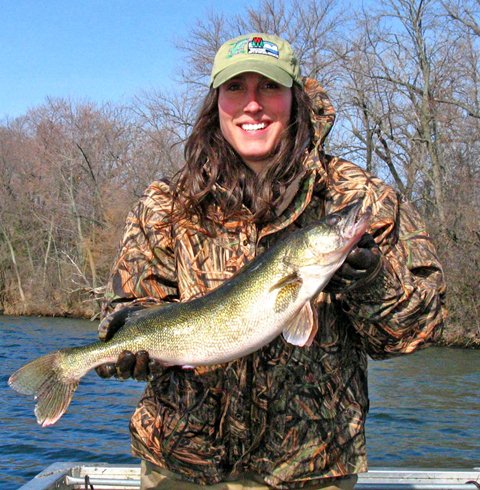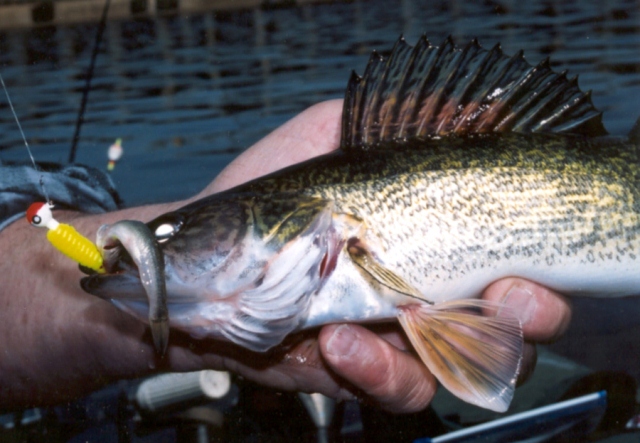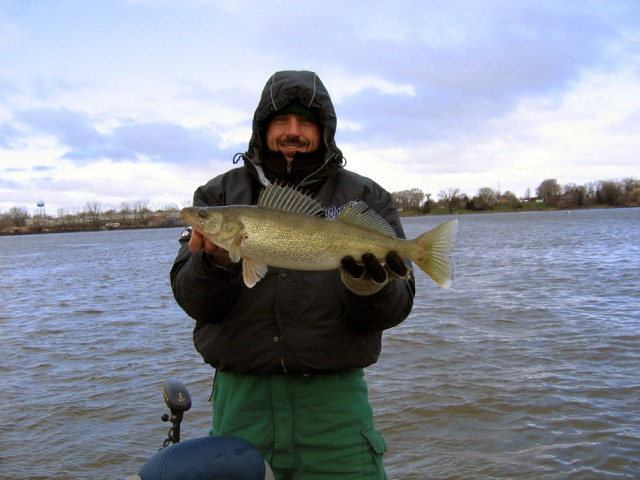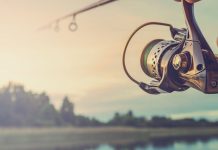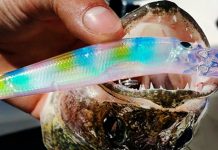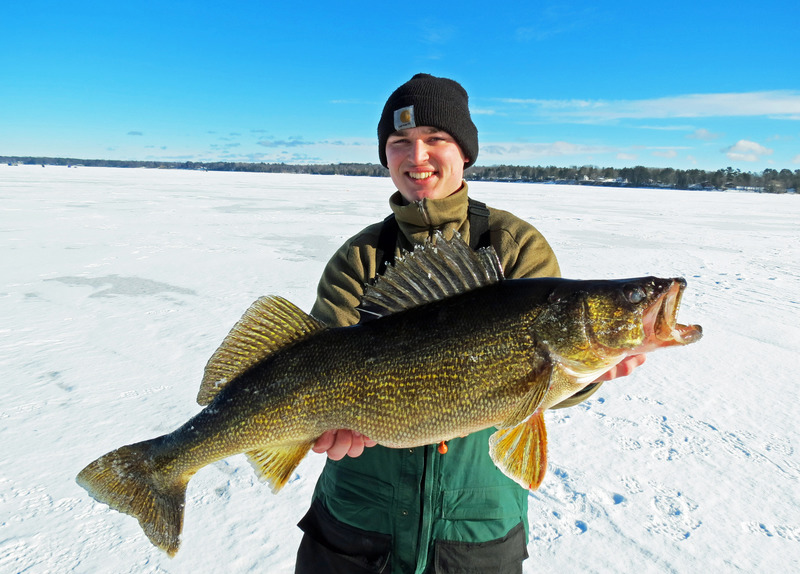To say the least this has been a tough winter for those of us in Wisconsin and much if not all of the Midwest. There have been parts of the Midwest and Wisconsin that have gotten record snowfall amounts on top of the record of extremely cold temperatures. The southern part of Wisconsin is finally losing its snow cover, but a large portion of the northern half of the state got record amounts of snow. There is snow still on the ground in the north and once it starts melting, the rivers of Wisconsin will be flowing very high with a considerable amount of flooding on most of the state’s rivers. What does a fisherman do when confronted with this situation?
There is no doubt that we will face this situation this spring. It’s just a matter of when! First, remember that the water is cool (in the 40’s F.) and the nights have been moderate with temperatures in the 30’s and 40’s degrees. The rain that we are now getting is warm and all the gates at the dams are open after being closed for months allowing fresh water (with bugs, baitfish, and other organisms) into the stagnant river water. The fresh water flow has rejuvenated the whole river system. But, where do these ready-to-spawn walleyes go in this period of high water?
Walleyes will move into shallow flooded timber and brush during this time of high water. Instead of thinking like a normal walleye angler does this time of the year; using light jigs, light line, minnows, plain hook rigs, or three-way variations. I switch to fishing like a bass angler using; 1) a heavier jig. I’ll use a ¼ ounce to 3/8th ounce jig instead of a 1/8th or 1/16th ounce jig when faced with high water. 2) I’ll swim my jig a little faster just to occasionally “tic” the bottom. Dragging a jig would constantly snag the bottom or break your line off. This is why to have to reel just fast enough to prevent the constant snags.
I’ve found the Slo-Poke jig to work best under these conditions. I’ve used and lost many jigs in the river and this jig seems to work particularly well in these conditions. The third thing that I do is to switch from using live bait (minnows) to scented twister, grub, or ringworms plastics (Gulp and Powerbait) which seem to stay on the jig better than live bait and attract fish with their flash and vibration. I’ve experimented with plastics too and have found that those made by Kalin’s work better. They come in many great fish catching colors and a 3 and 5 inch size. Occasionally, I’ll lift and let the jig fall and your strikes usually come on the fall.
But, the most important thing that I do is to switch my line from a light 6 pound line to a heavier line (mono) in 10 to 12 pound test. The heavier line allows you to “pull” out of most snags instead of losing your jig. If I used my normal size “spring” line, I’d be re-tying and losing most of the jigs in my tackle box. You still are going to lose a few jigs and break off on the odd stump, but most of the time you will be able to fish and catch walleyes in these adverse conditions.
I don’t think that jig or tail color makes that much difference in springs dirty and off color water. The key is getting the jig in the walleye’s face coupled with the flash and vibration. I also will change jig and tail color even though I’m not sure that this makes any difference to a walleye or sauger. A different color or size may make a different profile that a walleye might like on any given day. Tactics, colors, profiles, and jig cadence can all affect what a walleye may want the day that you’re fishing. You’re allowed to use three rods in Wisconsin, so why not try something a little different on each rod?
The walleyes will be in shallow water to escape the river’s current, to feed on the baitfish that have moved shallow into the brush and wood to get out of current, and finally they’re looking for a place to drop their eggs and complete the spawning process. So, remember in spring’s high water to move into shallow water, right into the brush and wood along the river’s shoreline; go to a heavier line and jig; and use plastics in twister tails, ringworms, and grub tails till you find the right one for that day. You can anchor outside the wooded shore and cast into it or use a push pole to get back into the small openings and pockets out of the current. The walleyes will be there and now you have the tactics to get at them.

